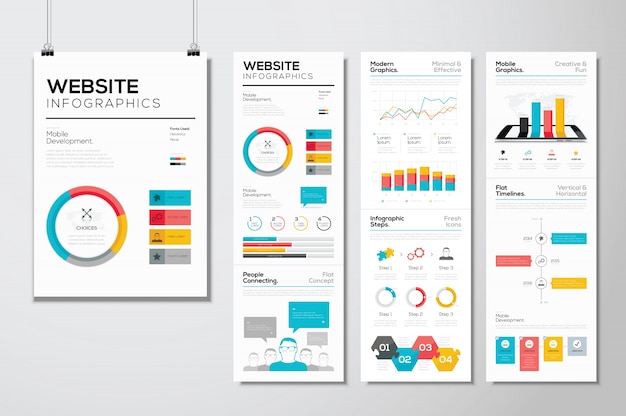The Development Of Site Style: From Past To Present
The Development Of Site Style: From Past To Present
Blog Article
Personnel Author-Pappas Peters
In the past, websites were easy and concentrated on details. Navigation was direct, and style was for desktop computers. Now, user experience is essential. Data guides styles for very easy navigation. Receptive layouts match different tools. Today, dark mode decreases strain, and minimalist menus improve navigating. Interactive features involve users, and strong visuals attract attention. AI integration enhances engagement. See how style has evolved to improve your on the internet journey.
Early Days of Web Design
In the very early days of website design, simplicity preponderated. Web sites were standard, with restricted shades, fonts, and designs. The focus got on supplying information rather than showy visuals. Individuals accessed the internet via slow-moving dial-up connections, so speed and capability were essential.
Navigation menus were straightforward, generally situated on top or side of the page. Sites were developed for home computer, as mobile browsing wasn't yet prevalent. Material was king, and developers focused on simple readability over intricate style aspects.
visit the next site was the primary coding language made use of, and developers needed to work within its restrictions. Animations and interactive features were minimal compared to today's criteria. Internet sites were static, with little dynamic material or tailored customer experiences.
Surge of User-Focused Design
With the evolution of internet site layout, a shift in the direction of user-focused layout concepts has ended up being significantly prominent. Today, developing web sites that prioritize customer experience is critical for engaging visitors and accomplishing company goals. User-focused style involves recognizing the needs, choices, and actions of your target audience to tailor the internet site's design, web content, and features as necessary.
Designers now conduct complete research, such as user surveys and use testing, to gather understandings and comments straight from users. This data-driven technique helps in developing intuitive navigating, clear calls-to-action, and aesthetically attractive user interfaces that reverberate with visitors. By positioning the user at the center of the design process, sites can supply a much more individualized and satisfying experience.
google places optimization has actually additionally emerged as an essential aspect of user-focused style, guaranteeing that internet sites are maximized for different gadgets and screen dimensions. This versatility boosts access and usability, satisfying the varied means customers connect with websites today. In essence, the rise of user-focused style indicates a change towards creating digital experiences that focus on the requirements and assumptions of the end user.
Modern Trends in Website Design
Check out the most recent fads shaping website design today. One popular pattern is dark mode style, using a streamlined and modern-day appearance while lowering eye pressure in low-light environments. One more essential trend is minimalist navigation, streamlining menus and enhancing individual experience by concentrating on essential elements. Incorporating micro-interactions, such as animated switches or scrolling impacts, can create an extra interesting and interactive website. Responsive style remains important, making sure seamless individual experiences throughout different tools. Furthermore, using bold typography and unbalanced designs can add aesthetic passion and accentuate details material.
Incorporating AI innovation, like chatbots for client support or tailored recommendations, boosts user engagement and improves procedures. Ease of access has also come to be a considerable pattern, with designers focusing on comprehensive layout techniques to deal with varied customer demands. Welcoming sustainability by maximizing website performance for speed and effectiveness is another arising fad in website design. Working together with user feedback and information analytics to repeat and enhance style continually is crucial for staying appropriate in the ever-evolving electronic landscape. By welcoming these modern fads, you can produce a visually attractive, easy to use site that reverberates with your target market.
Conclusion
As you review the evolution of site layout from the very early days to currently, you can see how user-focused design has actually become the driving force behind contemporary trends.
Embrace https://searchengineoptimizationa98642.csublogs.com/32327493/open-a-widely-accessible-digital-world-by-crafting-website-design-that-thoughtfully-cater-to-the-diverse-needs-of-every-customer of change and adaptation in website design, constantly keeping the user experience at the forefront.
Remain present with the most recent trends and innovations, and never stop evolving your technique to produce visually spectacular and user-friendly websites.
https://www.mediaupdate.co.za/marketing/151711/three-ways-storytelling-impacts-digital-marketing , adjust, and develop - the future of web design remains in your hands.
